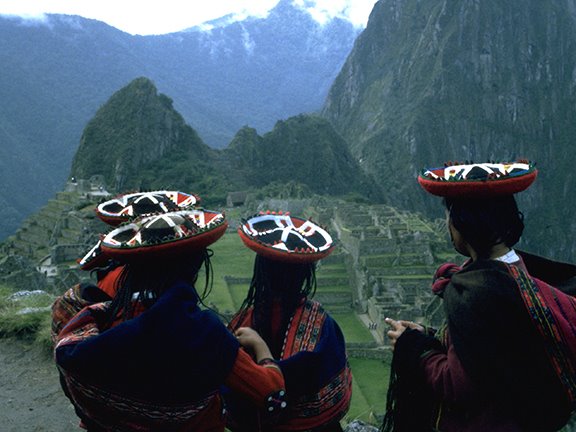

Writing, my forever - friend
Writing has long been central to my life, a forever-friend. I began writing seriously in college. On graduating from Wheaton, I won a national contest from Mademoiselle magazine. To my great joy, I was awarded an interview with T. S. Eliot. Later, Mademoiselle chose me to serve for a month as guest managing editor of the magazine in New York, the position held by Sylvia Plath two years earlier. To have such experiences when young, gave me the confidence to follow my passion for writing. I attended groups and took courses that encouraged experiments in writing stories, then the use of forms in poetry—ekphrasis poems, the sonnet, haibun, ghazal.
Living with Time
Once when time’s long waves swallowed the soft-sand beach
I could hardly feel momentum wash beneath my feet.
Though it seized a small piece of me before it slipped back,
I remained nearly the same, but for that scant touch.
Soon I found Time in our grandmother clock, always in the hall,
elegant but remote. I watched her thin pointed fingers
keeping hours in her polished case. Never relaxed, her hands
tried each moment, then moved on—how fast she ran distances.
But time did not chime warnings to save me from lateness.
No rooster—mornings she will not gladly waken me,
nor will she shush me to sleep at night. Three AM! Not again!
When I lose Time, trouble finds me. But no help can I expect.
Time, I know you’ve allotted my full share of years, for free.
But I foresee abandonment, you racing on, oblivious, without me.
Published in Orchards Poetry Review, Spring 2024


Where We Found Spring
We paddled near the past event,
the fallen maple
long in length, lying in lake water,
trunk severed and bent,
orange insides stripped and spilling,
but still blooming
baby green spring leaves.
Only the mountains lately witnessed
the ferocity. But today we were part
of our own occasion— you with your camera,
I with notebook and pen.
We longed to pull close, touch
the forsaken tree, but paused
before a spread-out thin pollen island
attached to the fallen tree
like a cobweb excessively anchored.
We could not be the knife
to cut the golden floating cover,
no solid weaving but the thinnest cloth
of unconnected dots, fresh-fallen, amply clustered
on the cold and quiet lake.
We paused beside this delicate tribute to spring
which some time soon
would surely wobble out of our shared time.
Published in “Cold Lake Anthology,” 2022




Beyond the Stones of Machu Picchu
Along with writing, my strong other interest has long been the study and love of Andean textiles. After courses in art and archaeology at Radcliffe Institute, I found a region of the world, the high Andes of South America, where weavings were created as the primary art. In college I had never seen such innovative art created with fibers. Peru and Bolivia have hosted a series of kingdoms that flourished for over two thousand years. Andean weavers experimented with every textile technique ever known in the world. Art, especially fiber art, held ritual meaning—based on a reverence of nature. How vital this focus seemed to me. I fell in love with the beauties I saw in museums and books and began to relate the works to their religions and cultures.
